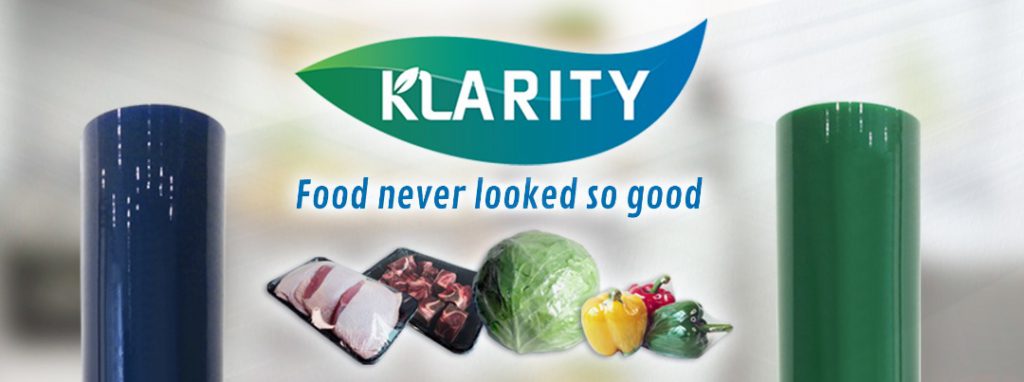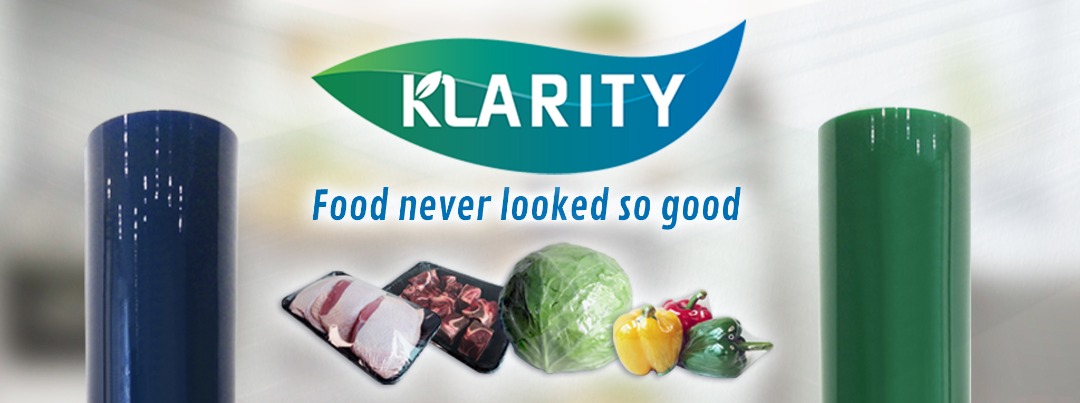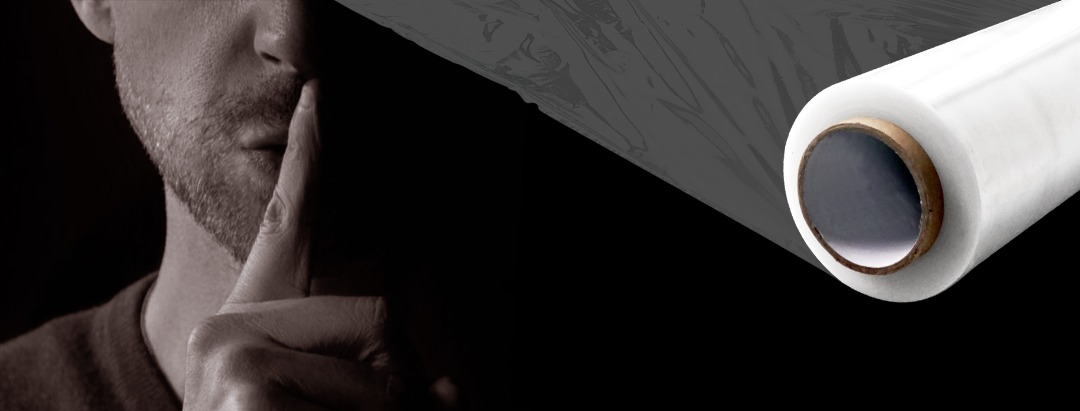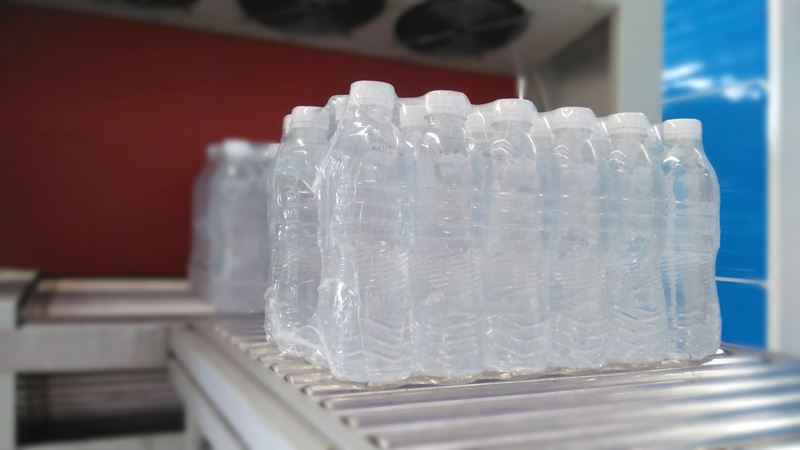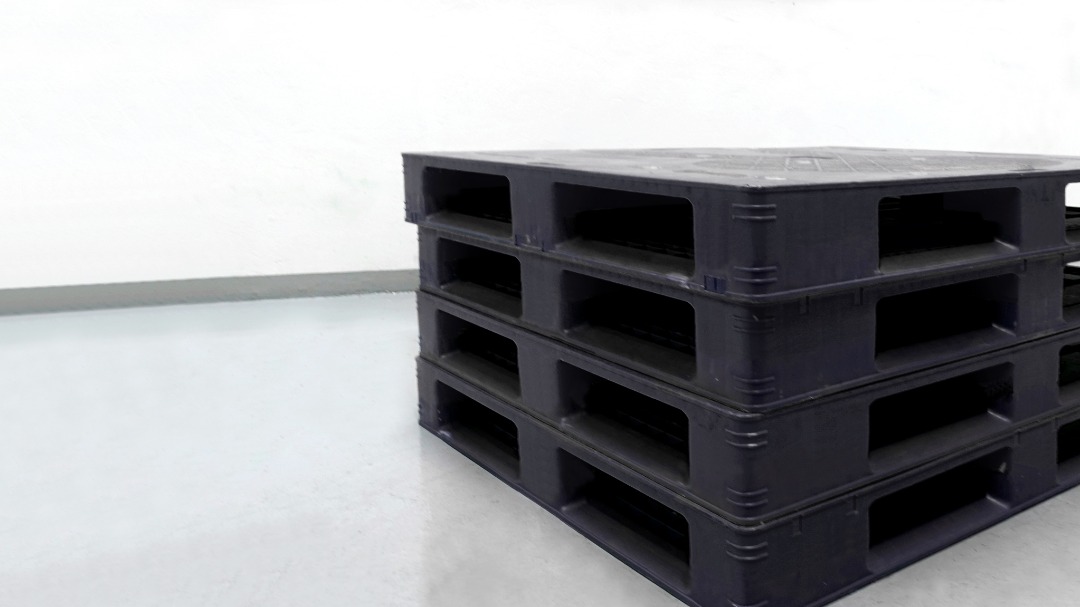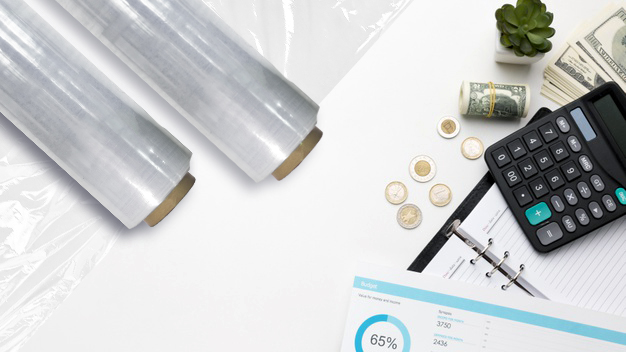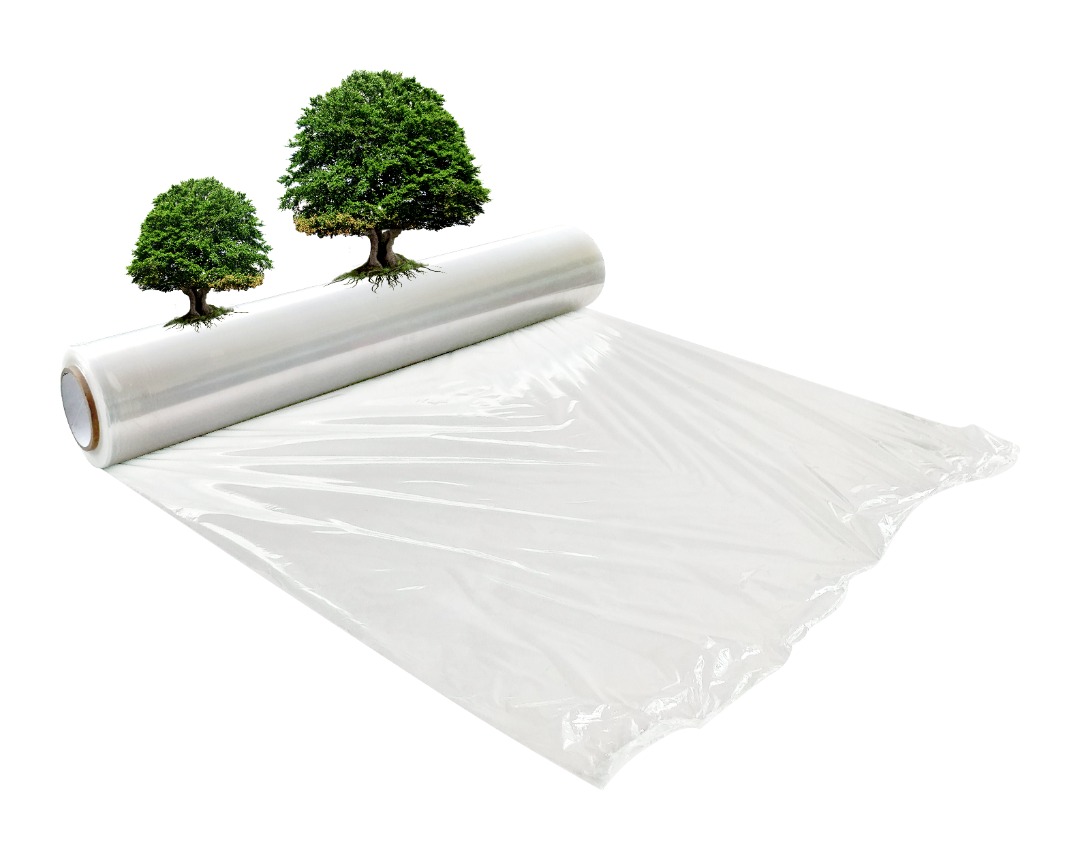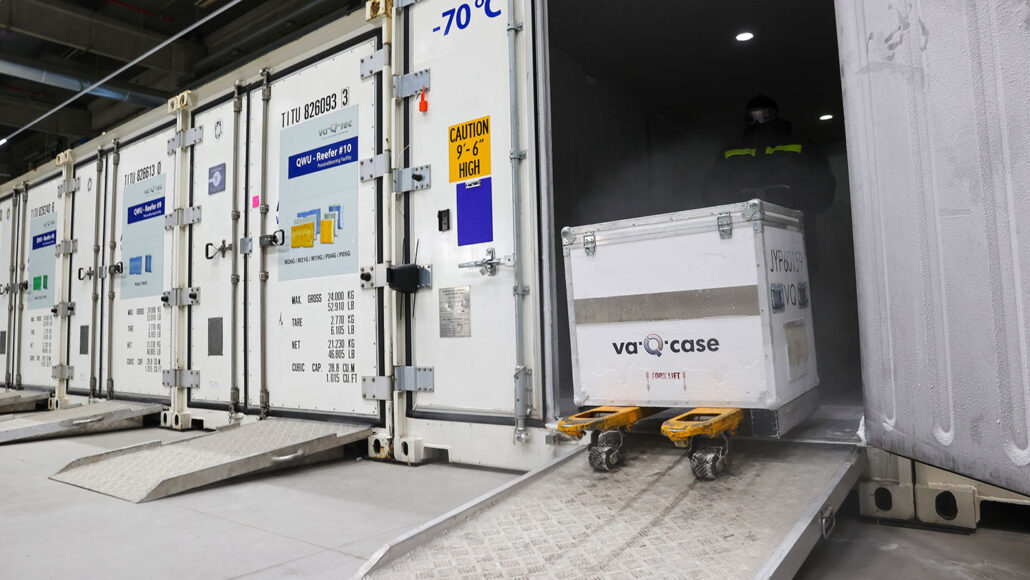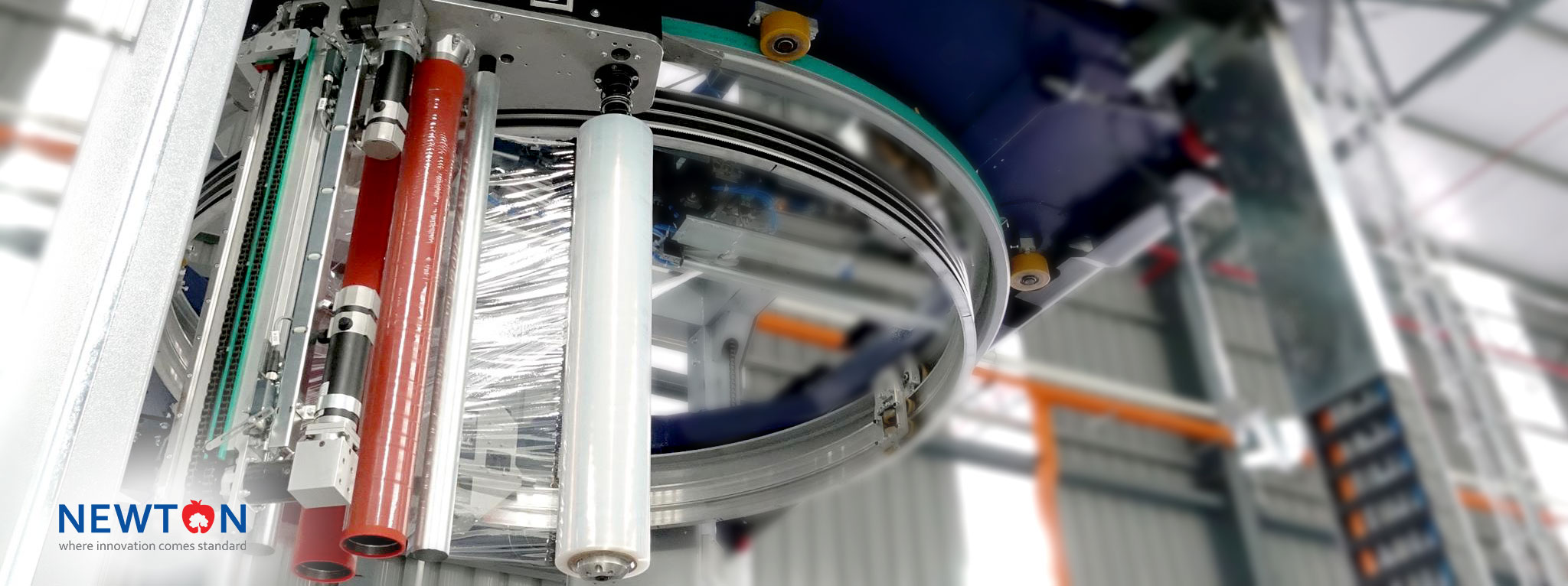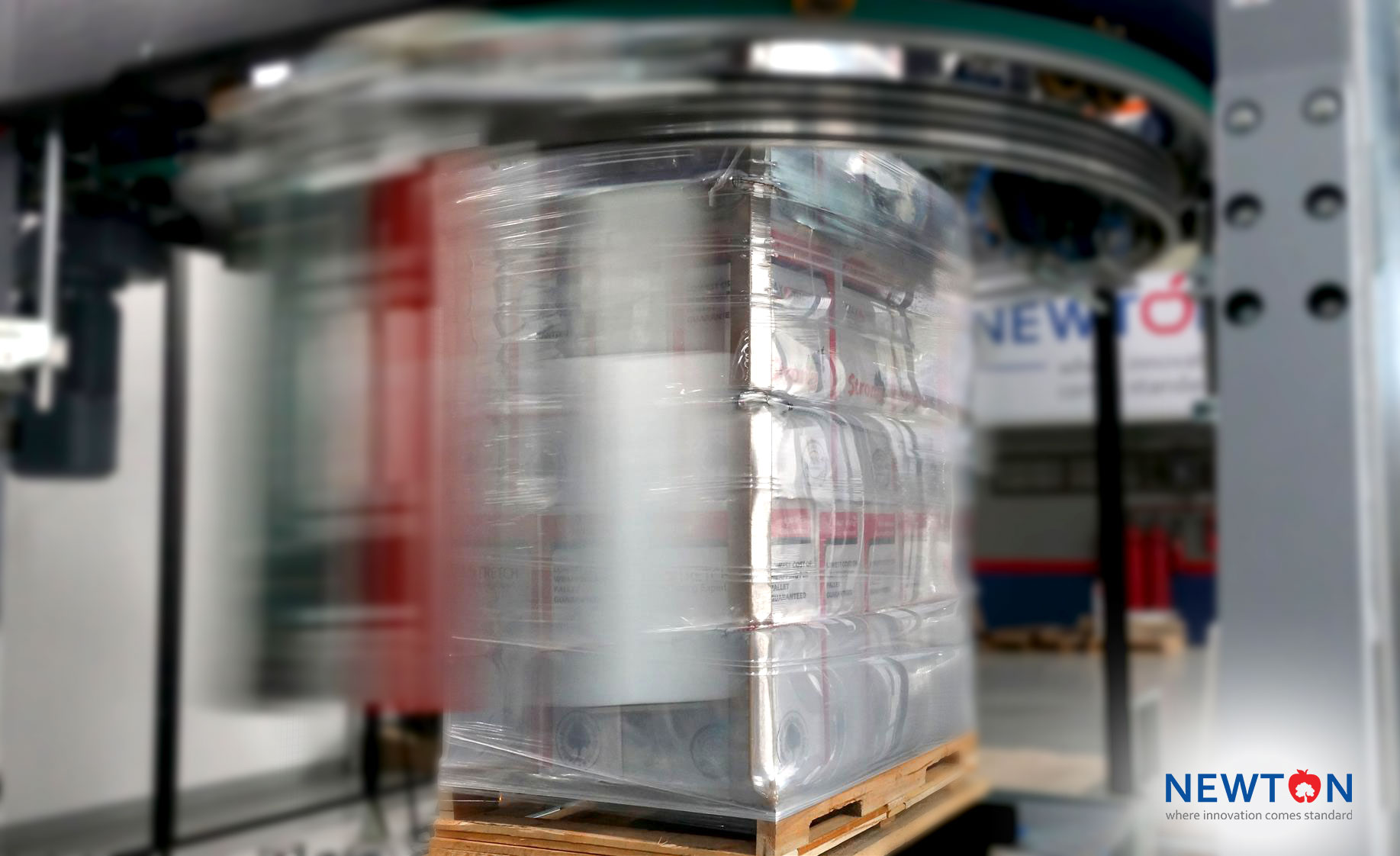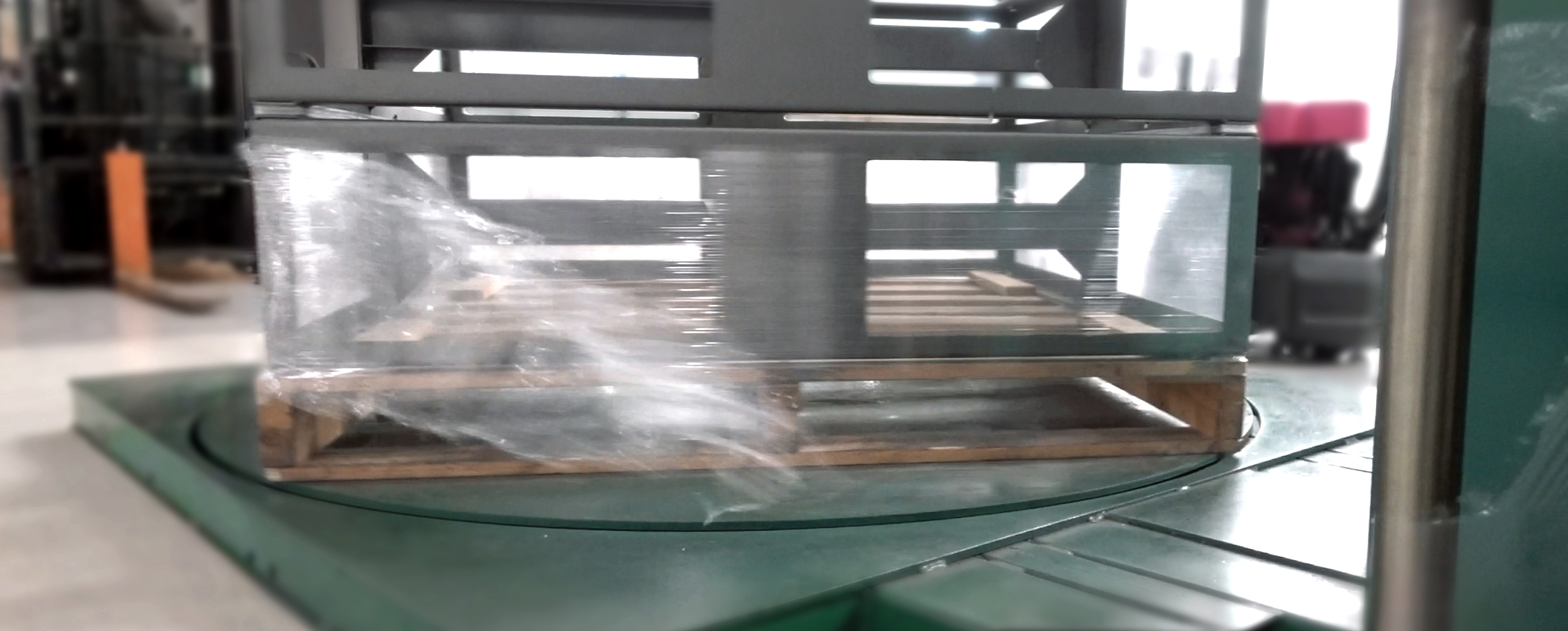Do you know that food wrap has an important role in a buyers decision-making process?
Shoppers will find any reasons to buy an item if they are attracted to it.
Yes, there are many, but visual appearances are undeniably one of them.
Research shows that 93% of consumers are impressed by the visual appearance of a product they intend to buy. (Think back of your latest Tesco, Coles, Fresh Choice, or Walmart purchasing experience).
Visuals play an essential product-intrinsic sensory cue when setting people’s expectations regarding the likely taste and flavour of food and drink.
After all, it is only human nature to inspect something before we put a value on it.
Well, you know what they say about first impressions, right?
However, there is more to just visual appearances when it comes to plastic food packaging.
Food wrap plays an important part in keeping food fresh, safe and odourless before reaching the consumers’ homes.
Foods that are fresh, safe and look appealing get bought off the shell faster.
Therefore, beyond colours and textures, the quality of the plastic food wrap plays an important role in marketing your products on the shelf too.
Well, we certainly will think twice about buying meat or fresh produce that are filled with water vapours in the packaging. Our imagination has already ruined its taste even before we have the chance to savour it.
The higher the visibility of the food packaging, the more appealing the product becomes.
But the Common Problem With Plastic Wrap Packing is Choice
However, packers and hypermarkets often face a common issue when it comes to wrapping food.
Do you choose between high clarity plastic food wraps or tinted film?
Since colours play an important role in internal sorting and consumer buying, having tinted film does help to boost the value and perception of the item.
However, tinted films do not mean high transparency.
High transparent films are not too appealing as they lack colour – affecting the aesthetics of the food item because of its rawness or shelf-life conditions.
Wouldn’t it be nice if there is a way to combine both features?
The Power Of Klarity: An Amazing Food Wrap That Makes Your Food Look So Good!
With a combination of colour tinted films and high transparency, we have created a way to get the best of both worlds.
Thong Guan has created an innovative plastic food wrap that aesthetically appeals to curious onlookers and is highly visible! Since it’s so transparent, it is excellent for your branding too!
Unlike conventional blown films, Klarity is made through cast technology and has over 90% transparency—it’s so clear your food never looked this good.
It comes in two coloured tints:
- Green for fruits & vegetables produces
- Blue for meat & poultry products
Even production work will be easier too!
With the high-gloss, blue and green-tinted food wraps, your team’s productivity will increase in discerning the wrap for the correct application.
Klarity is made from PVC and the many benefits of it.
Don’t worry about freshness.
A Life Cycle Assessment carried out by LCE has shown how PVC cling films help reduce food waste and reduce plastics environmental effects. Besides its functional, technical, and ecological performance, PVC helps to extend food’s useful life. It helps minimise food waste and losses at retail and consumer levels.
It comes with a good grip for your wrapping that will keep your food fresh and safe longer.
Here are reasons why Klarity is your choice plastic food wrap:
- High gloss & clarity (>90% transparency) – designed through cast technology
- Aesthetically pleasing & excellent for branding
- Keeps your food safe & fresh – especially meats and greens
- High permeability – Keeps foods fresh and
- No unsightly condensation that causes bacteria and microorganism growths
- Tinted for fast identification & application
- Easy dispensing for productivity
- Excellent cling for secure wrapping
- Transparent – you can see your branding right through to its paper core
- Reduces consumption and waste of materials – efficient use of natural resources
- Food grade compliance – FDA & EU Standards
What Makes Klarity a Different Class of Plastic Wrap Packaging?
So what makes us unique?
- High-Clarity: It’s visually appealing! Klarity is first in the market for tinted food films with high clarity for branding & quality sensitivity (so clear you can even see right to the paper core)
- Enhancements: Aesthetic is one thing, but we can tweak your film to go beyond looks. Ask us how we can customise it to make it better for you.
- Better Mechanical Properties: Unlike traditional blown film, we use cast technology that brings out its superior properties. With this, we can give you improved cling too, which helps you keep your foods safe, secured, intact and ready to be consumed by your users.
A Food Wrap That Is Eco-Friendly And Sustainable
Since Klarity is a PVC based cling film, it is 100% recyclable too! 90% of PVC is being recycled both internally and externally. How cool is that?
A new Life Cycle Assessment (LCA) study also confirms that PVC cling films can preserve food and contribute to avoiding food waste.
With this, users are also in line with the guides and priorities of the United Nations Sustainable Development Goals (UN SDGs).
You can play a part too to ensure plastic packaging can co-exist with a safe and green world- plus reach your sustainability goals too.
Klarity: Food Never Looked So Good
With Klarity food wrap, you don’t have to choose between clarity or tint anymore. You can have the best of both worlds—and reach your sustainable goals too!
Having high transparency and tinted food wrap films will benefit your customers and help speed up internal sortings at the same time.
Need more clarity? It’s time to have a conversation at info@thongguan.com.
